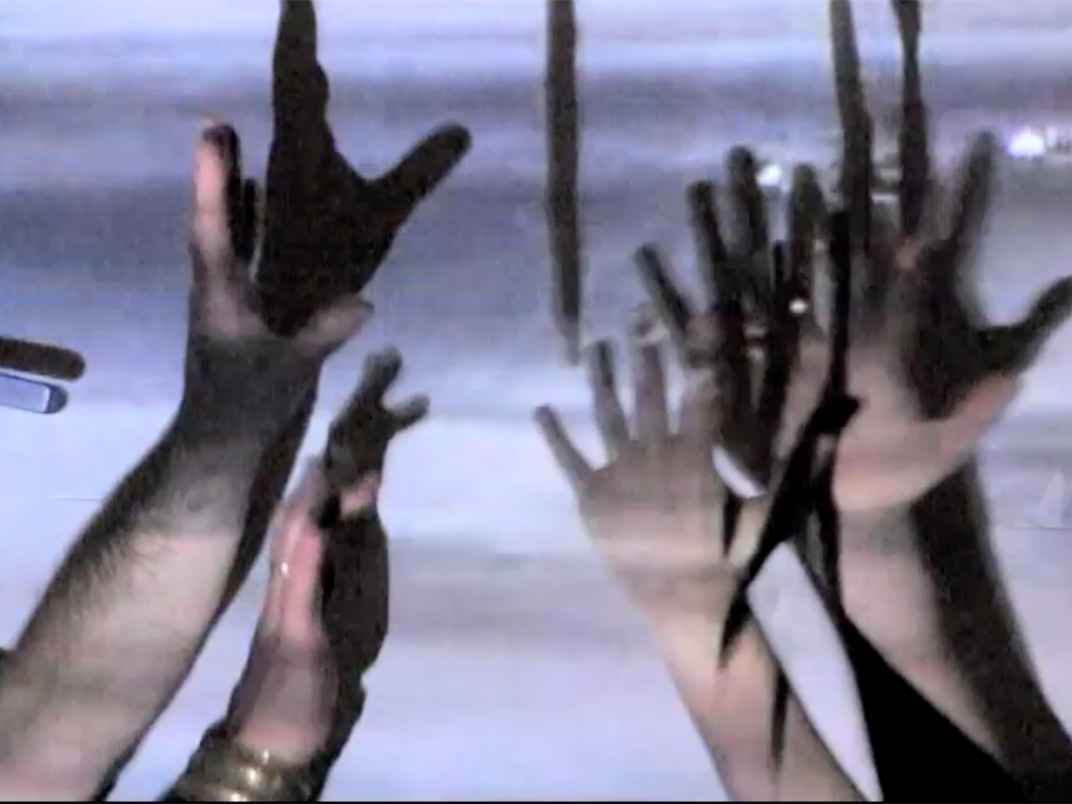DIALOGUES - Connections with others
GROUNDING EXPERIENCES AND HABITATIONS - Connecting with the space
I IS ANOTHER is a participatory public intervention presented at Buenos Aires Park, São Paulo, in the exhibition OXIGÊNIO, curated by Katia Canton and Dácio Bicudo, from 09/18/2011 to 09/30/2011.
What does this phrase by the French poet Arthur Rimbaud (1854-1891) mean?
Maria Rita Kehl, Psychologist and award-winning writer said “It is the recognition of the other that confirms us that we exist and that we are (more or less) the same throughout life, as people close to us continue to give us back our identity ”. (Maria Rita Kehl for Folha de São Paulo on December 11, 2005).









Public interacting with the intervention "I is another".
When two people sit on each side of the "mirror", look directly through the glass, both see the "other". At the same time, they see subtle reflections with portions of themselves that vary according to the luminosity. The resulting image within the frame is a contamination between identity and otherness.
This intervention is an invitation to dialogue. It aims to promote a reflection on the relationship between identity and otherness, and on their limits or absence, with regard to public and private spaces.
“I is another” intervention set.

Seat with "Eu é um outro " (I is another) printed.

Seat with "E voce? Que é você? " (And you? Who are you?) printed.
A double frame with a glass in the middle (28.5 in high by 22.5 in wide) referring to a mirror, is fixed with a steel cable on the branches of two side trees, suspended between two yellow armchairs placed facing each other. At the bottom of the piece, next to the frame, on both sides, printed is stuck the phrase "[...] the mirror that matters, for the human, is the look of another human." (Maria Rita Kehl, Folha de São Paulo, 12/11/2005). On one of the seats is printed "I am another". In the other, "And you? Who are you?". On the back of both seats, there is the following warning: “Please TOUCH the work. If possible, SIT in the armchair! ”. This is an invitation to the public to come and experience the work. This set, characteristic of internal and private environments, dislocated to a public space in the open air, favors a strangeness and a rupture of the inertia caused by the habit.
END









